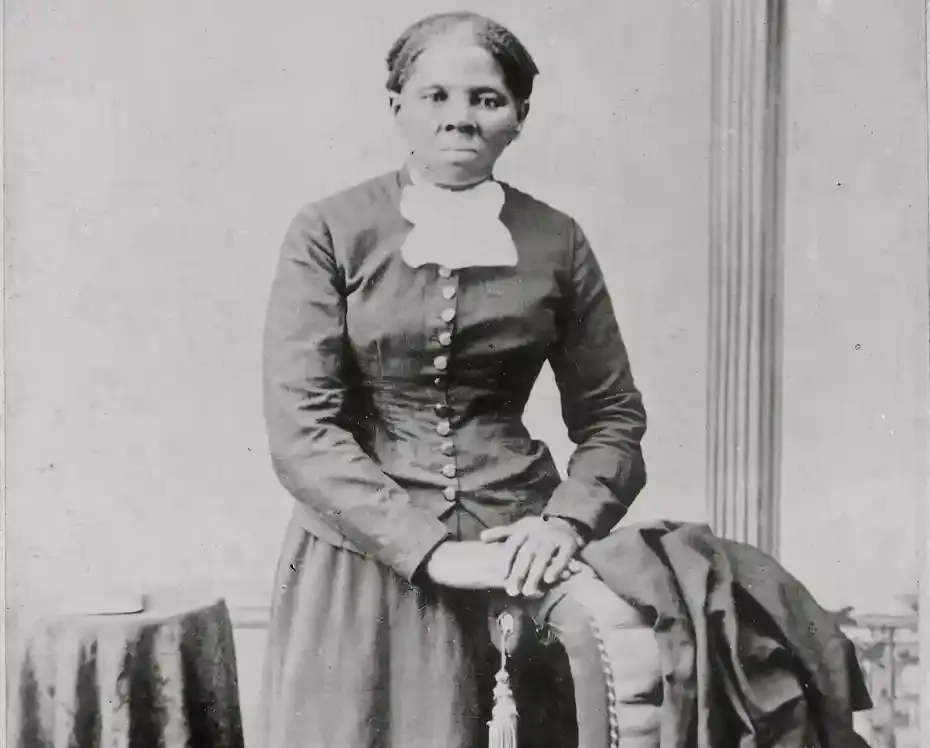Harriet Tubman
Harriet Tubman

Harriet Tubman was born a slave in 1821 near the eastern shore of Maryland. When she heard that her deceased master’s property would be sold she escaped to freedom in Pennsylvania. When she discovered what it was to be free, she wanted to help other people to freedom. She knew that her efforts would require money and therefore she worked part-time jobs until she had enough money for her first mission. She traveled to Baltimore and rescued her sister and her two children. She made at least fifteen trips to the south and lead at least 200 people to freedom.
All Harriet Tubman’s trips were successful because she was a master in planning the strategy of each of her escape operations. No detail was missed by her. She planned for food, clothing, train tickets and forged passes. She even included sedatives for crying babies. She never lost a passenger. On at least one occasion, she threatened to shoot a passenger who had second thoughts about escaping. The overnight stops on what came to be know as the Underground Railroad were a network of homes and churches. The churches raised money to assist Tubman’s efforts.
With the outbreak of the Civil War, Harriet Tubman supported the war effort as a nurse, a cook and a scout for the Union Army. Whatever she did, her services were always welcome. Tubman received official commendations from numerous Union Army officers. It is said that no officer failed to tip his hat when he saw her. Despite her efforts for the war, she received no veterans benefits of her own.
Her reputation for freeing slaves was known throughout the slave community. She was often compared to Moses who led the Israelites of the Bible to freedom. Her contemporaries referred to her as a heroine, saying “her likes it is probable was never known before or since.”
Throughout her life Harriet Tubman maintained an interest in the welfare of others. She raised money for schools, former slaves, destitute children and assisted the sick and the disabled. Toward the end of her life Harriet Tubman worked to establish a home for the elderly. She passed away in 1913 in the “Harriet Tubman Home for Aged and Indigent Colored People.”
The singer Paul Robeson would sing the spiritual “Go Down Moses” and explain that it was a protest song of slaves who had Harriet Tubman in mind.
Go down Moses, Way down in Egypt land, Tell ole pharaoh, Let my people go.
Website by AAMSAZ
Logo Design by Felicia Penza -feliciapenza@gmail.com
Please note: No photos and no videos.

Site
Museum Location
-
Museum is located on the Campus of the University of Arizona
Student Union Room 244(1303 E University Blvd, Tucson, AZ 85719)
Park in the 2nd Street Garage
-
Museum is located on the Campus
of the University of Arizona
Student Union Room 244(1303 E University Blvd room 244, Tucson, AZ 85719)
Park in the 2nd Street Garage
Business Office
-
(Mail Address) 4511 N Campbell Ave
#255-2, Tucson, AZ 85718
Copyright © , African American Museum of Southern Arizona. All Rights Reserved. No image, sound or text from this site can be used without the expressed written permission of the museum’s Board of Directors.
